Gardening enthusiasts can make a difference by creating a pollinator-friendly garden for bees and butterflies. Start by selecting the right plants and incorporating diverse flora that attracts these essential creatures. Bees and butterflies are crucial for pollination, which boosts the beauty and productivity of your garden. Designing your space to maximize pollination, while providing shelter and clean water, will ensure these visitors thrive. Be mindful of chemicals; opt for organic solutions to preserve their delicate ecosystems. Let’s explore how to transform your garden into a sanctuary for pollinators.
Choosing the Right Plants for Bees and Butterflies
- Choose plants native to your region, as they are most likely to thrive and attract local pollinators like bees and butterflies. Native plants often require less maintenance and provide food and habitat for pollinators.
- Include a variety of flowering plants, ensuring a continuous bloom throughout the growing season. Pollinators need nectar and pollen from early spring to late autumn.
- Plant flowers of different shapes and colors. Bees are particularly attracted to blue, purple, and yellow flowers, whereas butterflies prefer bright colors like red and orange.
- Consider the flower shapes. Plants with flat-topped or clustered blooms such as coneflowers, daisies, and sunflowers make it easy for butterflies to land and feed.
- Herbs like lavender, mint, and thyme not only attract pollinators but are also beneficial for creating a sensory-friendly garden.
Research pollinator-friendly plants suitable for your area and climate. Consulting with local gardening centers or government resources can provide a wealth of information.
Designing Your Garden for Maximum Pollination
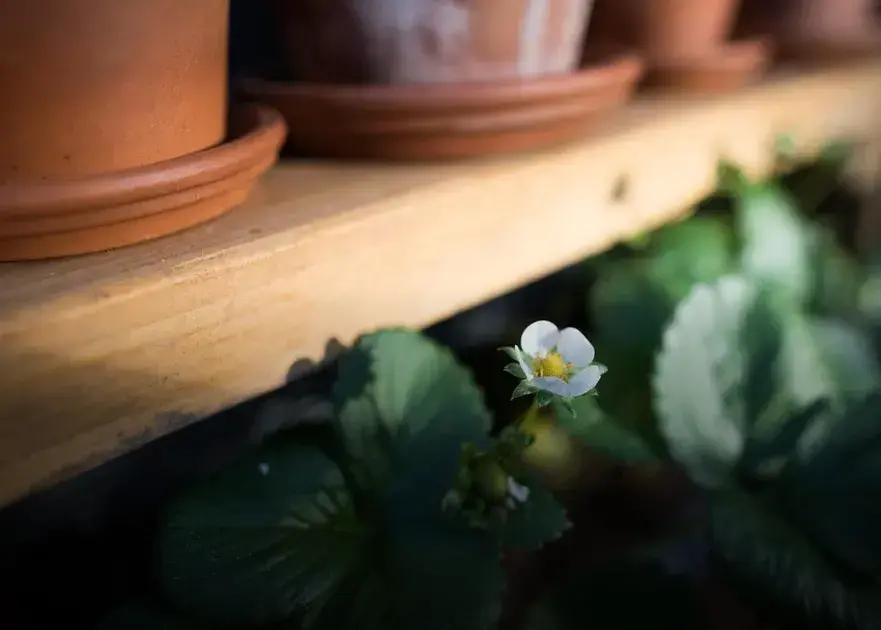
When designing your garden for maximum pollination, it’s essential to focus on a layout that attracts and supports pollinators like bees and butterflies. Consider planting flowers in clusters rather than single plants. This approach helps pollinators find them more easily, encouraging a higher number of visitors to your garden. Aim to maintain blooming plants throughout the growing season. By having staggered bloom times, you ensure there will always be a food source available.
Include a variety of plant sizes and heights to cater to different species of pollinators. Taller plants can provide necessary shelter from wind, while shorter flowers can be more easily accessed by smaller pollinators. Use paths and borders to organize your garden, which not only looks appealing but also guides pollinators through your space, optimizing the chances of them finding nectar sources.
Opt for native plants whenever possible. They are best suited to your regional climate and soil conditions, and local pollinators are adapted to them. Add nests and perches by installing bee hotels or leaving some bare soil for ground-nesting bees. These additions provide much-needed habitats and resting places, encouraging pollinators to stay longer in your garden.
Lastly, consider how your design can naturally protect plants and pollinators from adverse elements. Incorporating hedgerows or shrubs can serve as windbreakers and offer protection. Remember, a well-designed garden not only appeals to the eye but also plays a crucial role in promoting vibrant ecosystems for pollinators.
Understanding the Importance of Pollinators
Pollinators, such as bees, butterflies, and other insects, are vital for the growth and reproduction of many plants, including fruits, vegetables, and flowering plants. Without their assistance, many plants would struggle to reproduce. This relationship is essential not only for plant life but also for our food supply and ecosystem balance.
Understanding the role of pollinators is crucial in creating a pollinator-friendly garden. For instance, bees are responsible for pollinating about one-third of the food we consume. Similarly, butterflies contribute significantly to the pollination of numerous wild and garden plants. This makes them indispensable to biodiversity and agricultural productivity.
Pollinators transfer pollen from one flower to another, enabling the plants to bear fruit and seeds. This biological process enhances genetic diversity and helps plants adapt to changing conditions. Additionally, the economic impact of pollinators is substantial, contributing billions of dollars to global agriculture each year.
By understanding this symbiotic relationship, gardeners can make informed decisions about plant choices and garden design. Ensuring a diverse variety of flowering plants can provide
continuous food sources
throughout the seasons for these crucial creatures. By supporting pollinators, we not only help these species thrive but also bolster our gardens and local environments.
Providing Shelter and Water for Pollinators
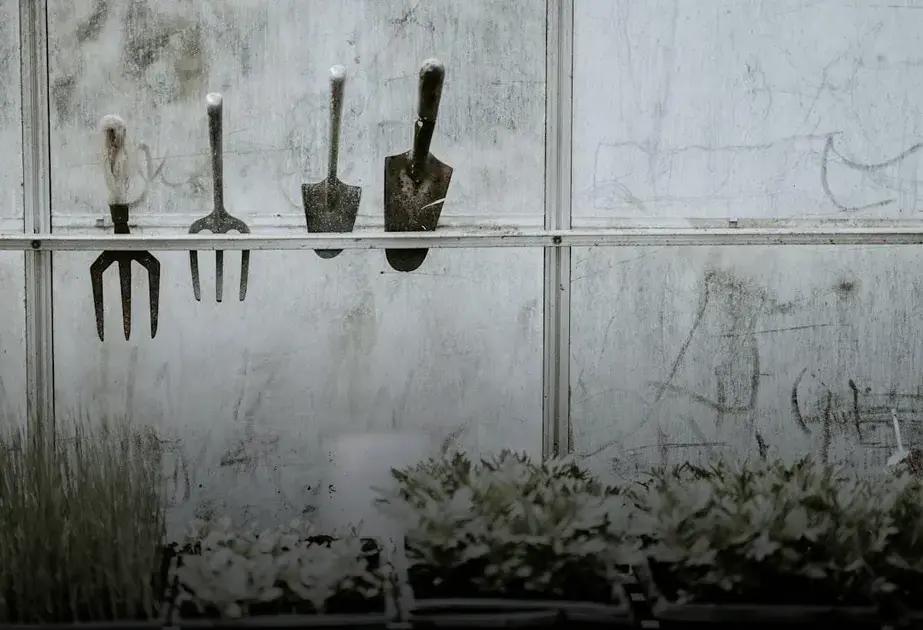
To create a pollinator-friendly garden, providing shelter and water is crucial for bees and butterflies. These pollinators need a safe place to rest and hydrate. Material like bundles of bamboo sticks or small piles of branches can create excellent shelters for bees. For butterflies, consider planting dense shrubs or installing small butterfly houses in your garden.
Water is equally critical. Pollinators need a reliable source of water, yet they can’t swim. By using a shallow dish with pebbles or marbles inside, you can create a safe drinking station. Place the dish in a sunny spot to attract butterflies, as they often bask in the sun while drinking.
Providing Habitats
Planting a variety of native plants can help create a natural habitat. Leave some areas of bare ground for ground-nesting bees. Consider avoiding too much mulch which can hinder these pollinators. Herbs like lavender or coneflowers are excellent choices as they offer both food and shelter.
Regularly clean the water source and check the shelters for pests, ensuring a safe environment for these valuable garden allies.
Avoiding Harmful Chemicals in Your Garden
Using chemicals in your garden can inadvertently harm the delicate balance that supports bees, butterflies, and other beneficial insects. To create a thriving pollinator-friendly environment, it’s essential to avoid harmful pesticides and opt for nature-based solutions instead. Opt for organic fertilizers that enrich the soil without introducing toxins. Many commercial fertilizers contain chemicals harmful to pollinators.
Another effective approach is to implement natural pest control methods. Encourage natural predators like ladybugs and birds to keep pest populations in check. Using neem oil or insecticidal soap can target pests without harming pollinators.
Companion planting is an excellent strategy, where certain plants can naturally repel pests due to their scent or protective properties. For example, planting marigolds can deter aphids and certain nematodes.
Create a balanced ecosystem that attracts a diversity of insects, which can naturally control pest outbreaks. Adding native plants can restore balance, as they are adapted to local pests and climate conditions.
It’s crucial to remember that a healthy garden is a diverse one. By embracing methods that avoid harmful chemicals, your garden becomes a welcoming refuge for pollinators to thrive.


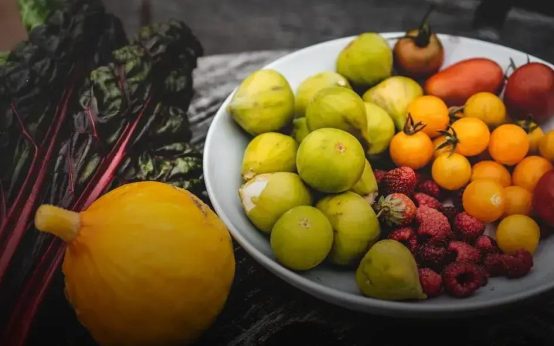 Water-Saving Gardening: Top Tips for a Drought-Resistant Yard
Water-Saving Gardening: Top Tips for a Drought-Resistant Yard 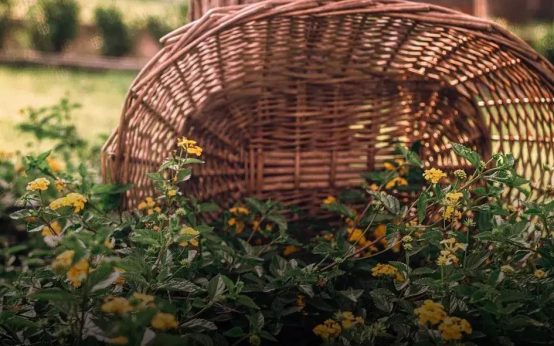 Attracting Birds to Your Garden: Plants That Bring Them
Attracting Birds to Your Garden: Plants That Bring Them 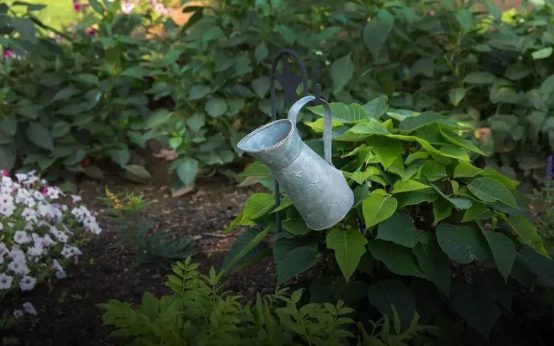 How to Start Composting at Home: A Beginner’s Guide
How to Start Composting at Home: A Beginner’s Guide